Search

An animated meditation/memoir by a survivor of the largest earthquake ever recorded in the Northern Hemisphere, the great Alaska Earthquake of 1964.

1964 was the year the Beatles came to America, Cassius Clay became Muhammad Ali, and three civil rights workers were murdered in Mississippi. It was the year when Berkeley students rose up in protest, African Americans fought back against injustice in Harlem, and Barry Goldwater’s conservative revolution took over the Republican Party. In myriad ways, 1964 was the year when Americans faced choices: between the liberalism of Lyndon Johnson or Barry Goldwater’s grassroots conservatism, between support for the civil rights movement or opposition to it, between an embrace of the emerging counterculture or a defense of traditional values.

Culloden is a 1964 docudrama written and directed by Peter Watkins for BBC TV. It portrays the 1746 Battle of Culloden that resulted in the British Army’s destruction of the Scottish Jacobite uprising and, in the words of the narrator, “tore apart forever the clan system of the Scottish Highlands”. Described in its opening credits as “an account of one of the most mishandled and brutal battles ever fought in Britain”, Culloden was hailed as a breakthrough for its cinematography as well as its use of non-professional actors and its presentation of an historical event in the style of modern TV war reporting. The film was based on John Prebble’s study of the battle.

This story of espionage and counter-espionage is based on the novel by Ian Adams. Suspicious circumstances surrounded the mysterious death of a Canadian diplomat. At the height of The Cold War in October 1964, John Watkins, Canada’s former ambassador to Moscow and a close friend of Prime Minister Lester B. Pearson, is kidnapped and held in a hotel for questioning by the RCMP at the urging of the CIA. Several days into the interrogation he died. The official obituary claimed that he suffered a heart attack in the company of friends during a farewell supper celebrating his illustrious career.

In 1964, Henri-Georges Clouzot’s production of L’Enfer came to a halt. Despite huge expectations, major studio backing and an unlimited budget, after three weeks the production collapsed. This documentary presents Inferno’s incredible expressionistic original rushes, screen tests, and on-location footage, whilst also reconstructing Clouzot’s original vision, and shedding light on the ill-fated endeavor through interviews, dramatizations of unfilmed scenes, and Clouzot’s own notes.

In the fall of 1964, just over a year before his death, Buster Keaton traveled to Canada to make The Railrodder, a short subject that now enjoys a small cult following. Documenting this mobile production in fascinating and unexpected detail, Buster Keaton Rides Again offers a rare glimpse of the comedy legend’s temperament, philosophies, hobbies, marriage (his third), and the occasionally combative creative process behind the scenes. An intimate look at one of cinema’s most enduring legends.

Featuring never-before-seen footage of the band and the legions of young fans who helped fuel their ascendance, follow McCartney, John Lennon, George Harrison and Starr as they land in New York City in February 1964 and solidify their status as the biggest band in the world.

Eduardo Coutinho was filming a movie with the same name in the Northeast of Brazil, in 1964, when there came the military coup. He had to interrupt the project, and came back to it in 1981, looking for the same places and people, showing what had ocurred since then, and trying to gather a family whose patriarch, a political leader fighting for rights of country people, had been murdered.

“The Dine and Dash” diner has a stack of mounting unpaid bills, forcing its owner, Desi to sell her beloved, mint condition, cherry red 1964 Ford F-100, a gift from her deceased father. As Desi visits the vintage truck one last time, she discovers a recorded message from her dad on an old audio cassette. Desi’s Dad’s voice sends her and “Old Red” out to retrace her family’s most memorable moments one last time.

The conflict between the Colombian authorities and the marxist FARC guerrilla broke out in 1964, and in 2012 peace negotiations started behind closed doors in Cuba. Featuring unique access to central figures on both sides, To End a War tells the story of the war and the negotiations, focusing on the challenge of establishing peace in a country where the majority of the population has never known anything but war.

Lionel Rogosin’s plea for humanity and against war and fascism. For two years, Rogosin traveled to twelve countries to collect footage of war atrocities from their archives. He interspersed these harrowing images with scenes of a London cocktail party’s mundane chatter. Good Times, Wonderful Times was released in 1964 at the height of the Vietnam War, and became one of the great anti-war films of the era.

Set in 1964, a camera crew follows Willie Pep, retired featherweight boxing champion. Down and out in Hartford CT, married to a woman half his age and with a drug-addled son and mounting debts, Pep decides to make a return to the ring.

This impressionistic portrait of the 1964 Tokyo Summer Olympics pays as much attention to the crowds and workers as it does to the actual competitive events. Highlights include an epic pole-vaulting match between West Germany and America, and the final marathon race through Tokyo’s streets. Two athletes are highlighted: Ethiopian marathon runner Abebe Bikila, who receives his second gold medal, and runner Ahamed Isa from Chad, representing a country younger than he is.

During a blizzard in 1964, Dr. David Henry delivers his son Paul with the help of nurse Caroline. But when Henry realizes his wife is also carrying a girl with Down syndrome, he hands the second child over to Caroline without his wife’s knowledge. Henry’s fateful decision yields grave consequences for his family over the next 20 years.

Afro-Brazilian poet and politician, the legendary Carlos Marighella. Driven to fight against the erosion of civil and human rights following the CIA-backed military coup of 1964 and the brutal, racist right-wing dictatorship that followed, the revolutionary leaves behind his wife and son to take up arms, becoming a notorious enemy to the power structure.
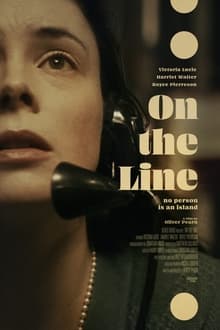
Alderney, Channel Islands. 1964. A telephone operator ends up being the pivotal piece of a drama unfurling which puts professional integrity, and relationships, to the test.
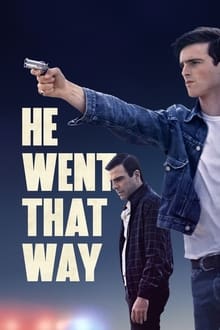
Set in 1964, a three-day journey along Route 66 begins when Bobby Falls, a 19-year-old serial killer, hitches a ride with Jim Goodwin, a celebrity animal handler travelling with his precious cargo: his TV chimpanzee, Spanky.

During a bitter 1964 Massachusetts winter, young secretary Eileen becomes enchanted by Rebecca, the glamorous new counselor at the prison where she works. Their budding friendship takes a twisted turn when Rebecca reveals a dark secret — throwing Eileen onto a sinister path.
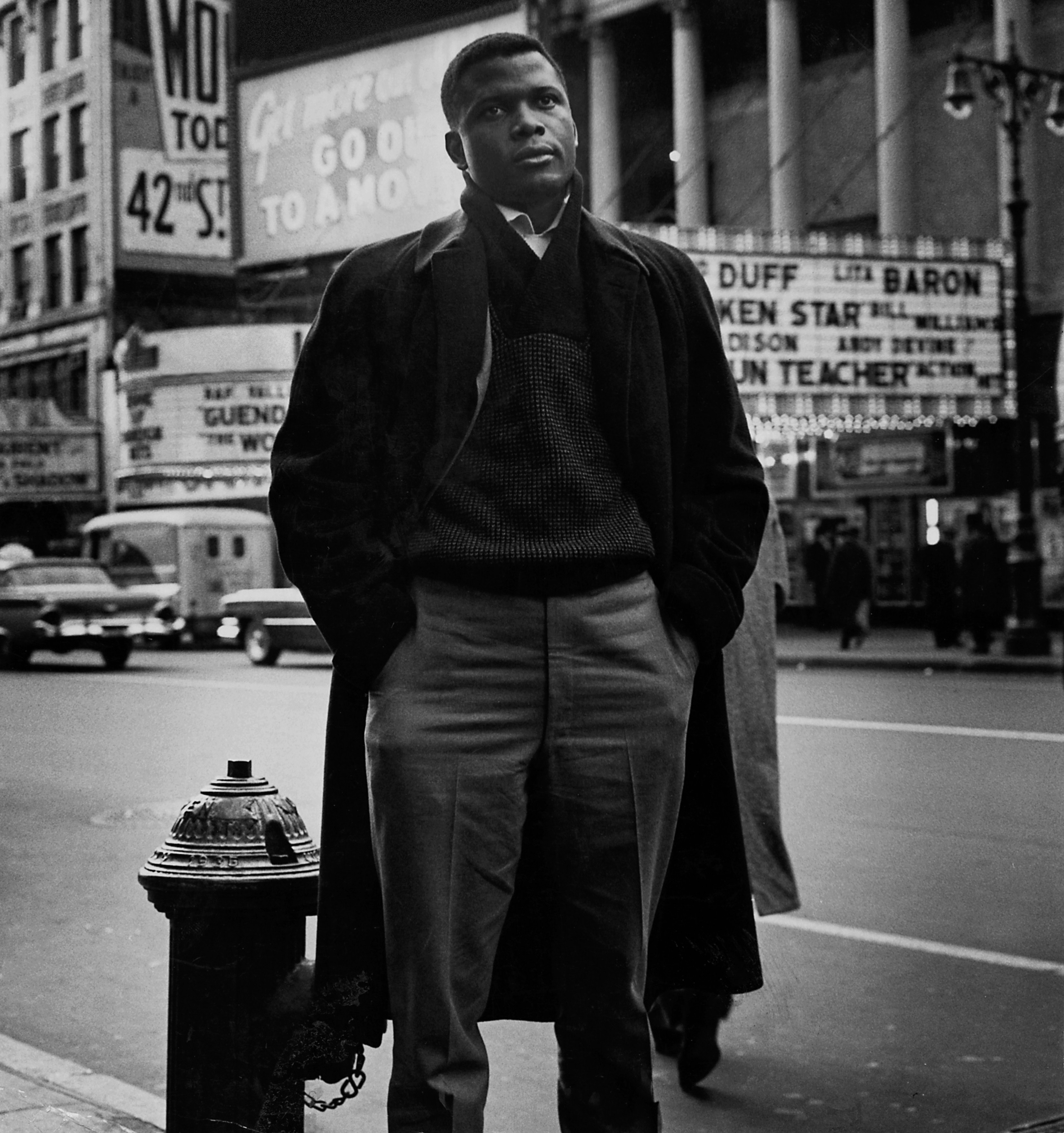
Follow the real life story of Sidney Poitier, the Oscar winner of 1964.
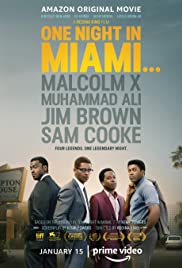
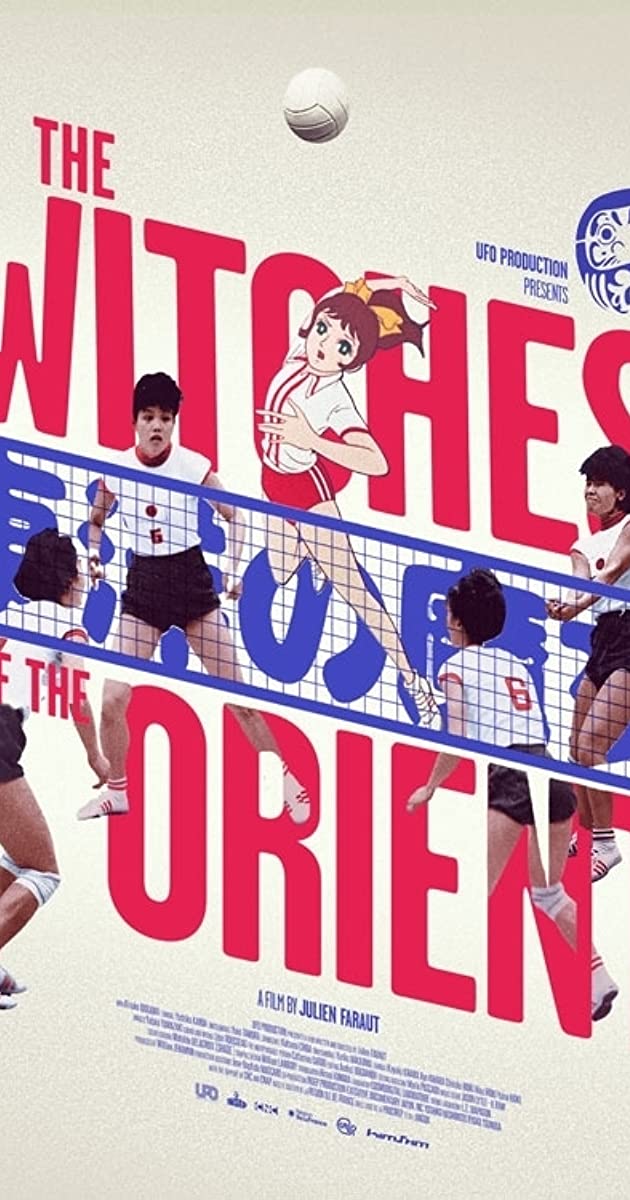
The Japanese volleyball players called the “Oriental Witches” are now in their 70s. From the formation of the team at the factory until their victory at the Tokyo Olympics in 1964, memories and legends rise to the surface and blend inextricably.
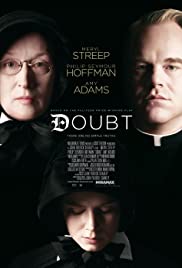
In 1964, a Catholic school nun questions a priest’s ambiguous relationship with a troubled young student, suspecting him of abuse. He denies the charges, and much of the film’s quick-fire dialogue tackles themes of religion, morality, and authority.
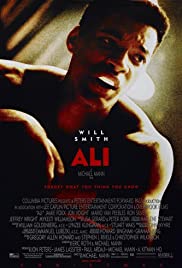
In 1964, a brash, new pro boxer, fresh from his Olympic gold medal victory, explodes onto the scene: Cassius Clay. Bold and outspoken, he cuts an entirely new image for African Americans in sport with his proud public self-confidence and his unapologetic belief that he is the greatest boxer of all time. Yet at the top of his game, both Ali’s personal and professional lives face the ultimate test.
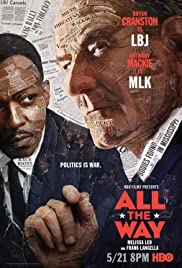
Lyndon B. Johnson’s amazing 11-month journey from taking office after JFK’s assassination, through the fight to pass the 1964 Civil Rights Act and his own presidential campaign, culminating on the night LBJ is actually elected to the office – no longer the ‘accidental President.’
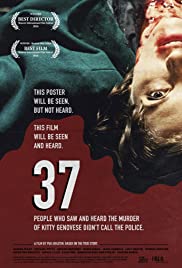
On a March night in 1964, 37 neighbors in Queens, New York, witness the brutal murder of Kitty Genovese. None of them takes action or calls the police. 37 tells the story of a few of these people and what led up to the night when they unexplainably remained passive observers. The film is a convincing portrayal of a borough in change and a time characterized by racism, the Civil Rights Movement and political shifts. The actual event that inspired the film’s plot has been called a symbol for the moment when America lost its innocence. The director Puk Grasten skillfully weaves into her feature film debut various fates, dreams and family conflicts by leading us through an apartment building that comes to bear a collective failure.
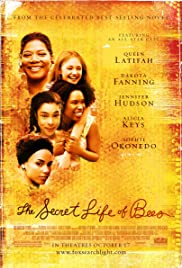
Set in South Carolina in 1964, this is the tale of Lily Owens a 14 year-old girl who is haunted by the memory of her late mother. To escape her lonely life and troubled relationship with her father, Lily flees with Rosaleen, her caregiver and only friend, to a South Carolina town that holds the secret to her mother’s past.

A group of Yokohama students fight to save their school’s clubhouse from the wrecking ball during preparations for the 1964 Tokyo Olympic Games. While working there, Umi and Shun gradually attract each other, but face a sudden trial. Even so, they keep going without fleeing the difficulties of reality.
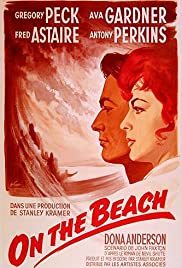
In 1964, atomic war wipes out humanity in the northern hemisphere; one American submarine finds temporary safe haven in Australia, where life-as-usual covers growing despair. In denial about the loss of his wife and children in the holocaust, American Captain Towers meets careworn but gorgeous Moira Davidson, who begins to fall for him. The sub returns after reconnaissance a month (or less) before the end; will Towers and Moira find comfort with each other?
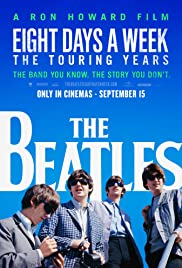
The band stormed Europe in 1963, and, in 1964, they conquered America. Their groundbreaking world tours changed global youth culture forever and, arguably, invented mass entertainment as we know it today. All the while, the group were composing and recording a series of extraordinarily successful singles and albums. However the relentless pressure of such unprecedented fame, that in 1966 became uncontrollable turmoil, led to the decision to stop touring. In the ensuing years The Beatles were then free to focus on a series of albums that changed the face of recorded music.
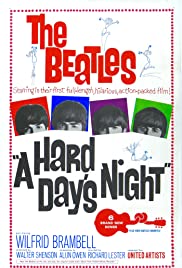
Capturing John Lennon, Paul McCartney, George Harrison and Ringo Starr in their electrifying element, ‘A Hard Day’s Night’ is a wildly irreverent journey through this pastiche of a day in the life of The Beatles during 1964. The band have to use all their guile and wit to avoid the pursuing fans and press to reach their scheduled television performance, in spite of Paul’s troublemaking grandfather and Ringo’s arrest.
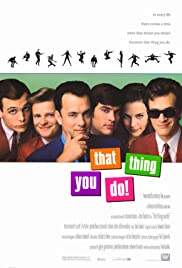
A Pennsylvania band scores a hit in 1964 and rides the star-making machinery as long as it can, with lots of help from its manager.
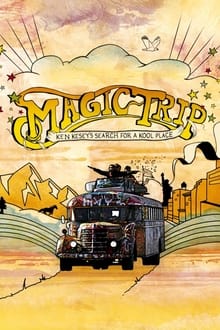
A freewheeling portrait of Ken Kesey and the Merry Prankster’s fabled road trip across America in the legendary Magic Bus. In 1964, Ken Kesey, the famed author of “One Flew Over the Cuckoo’s Nest,” set off on a legendary, LSD-fuelled cross-country road trip to the New York World’s Fair. He was joined by “The Merry Band of Pranksters,” a renegade group of counterculture truth-seekers, including Neal Cassady, the American icon immortalized in Kerouac’s “On the Road,” and the driver and painter of the psychedelic Magic Bus.

THE S FROM HELL is a short documentary-cum-horror film about the scariest corporate symbol in history – The 1964 Screen Gems logo, aka ‘The S From Hell.’ Built around interviews with survivors still traumatized from their childhood exposure to the logo after shows like Bewitched or The Monkees, the film brings their stories to life with animation, found footage, and dramatic reenactments.
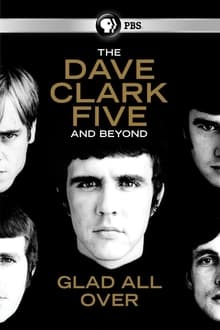
The Dave Clark Five started the rock n roll British invasion that changed the world, having already knocked The Beatles out of the #1 position in the UK. Watch newly-filmed interviews with Tom Hanks, Paul McCartney, Elton John, Bruce Springsteen, Stevie Wonder, Dionne Warwick and many more, as they share their memories of how the music of the 60s and the cultural revolution of 1964 changed their lives forever. Bonus disc includes 2 hours of extra interview scenes and rare archival footage, including never-before-seen star performances and alternate performances from The DC5 ! Featuring 4 hours of star-studded performances in total!

Based on the New York Times best-selling novel by award winning author Wally Lamb. A vivid slice of 1960s life, Wishin’ and Hopin’ is a wise-and-witty holiday tale that celebrates where we’ve been-and how far we’ve come. In the small town of Three Rivers, Connecticut, we go straight into the halls of St. Aloysius Gonzaga Parochial School with Felix Funicello, a Catholic school fifth-grader in 1964, whose claim to fame is his cousin Annette Funicello, the famous Mouseketeer and teen movie queen. But grammar and arithmetic move to the back burner this holiday season with the sudden arrivals of substitute teacher Madame Frechette and feisty Russian student Zhenya Kabakova. While Felix learns the meaning of French kissing, cultural misunderstanding, and tableaux vivants, Wishin’ and Hopin’ barrels toward one outrageous Christmas!
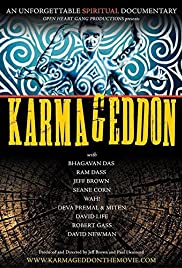
Karmageddon is an investigation of contemporary Western spirituality in the wake of the 1960s. It follows Bhagavan Das, an American whose spiritual journey to India in 1964 would shift American spirituality. He mentored Ram Dass, the Harvard psychology professor fired with Timothy Leary for their experiments into LSD. He inspired the book ‘Be Here Now,’ a key document of 20th century spiritual literature that brought Eastern practices to the West. Since the 1960s, Bhagavan Das has worked as a kirtan chanter and guru. He has also slept with over 500 women while at times dropping his spiritual calling to sell used cars and encyclopedias. The film follows one of his devotees as he attempts to navigate the gap between 1960s and contemporary spirituality.
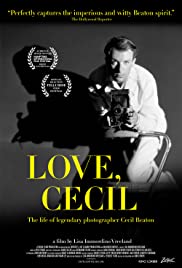
Lisa Immordino Vreeland directs this documentary about Academy Award-winning costume designer Cecil Beaton. A respected photographer, artist, and set designer, Beaton was best known for designing on award-winning films such as ‘Gigi’ (1958) and ‘My Fair Lady’ (1964). The film features archive footage and interviews with a number of models, artists, and filmmakers who worked closely with Beaton during his illustrious career.
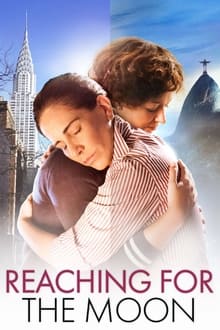
In 1951 New York poet Elizabeth Bishop travels to Rio de Janeiro to visit Mary, a college friend. The shy Elizabeth is overwhelmed by Brazilian sensuality. She is the antithesis to Mary’s dashing partner, architect Lota de Macedo Soares. Although frosty at first, the architect soon makes a play for Elizabeth and the poet finally succumbs to Lota’s advances. Mary is jealous, but unconventional Lota is determined to have both women at all costs. Their ménage à trois is thrown off balance when Lota starts work on her biggest project to date, designing Parque do Flamengo in Rio. Elizabeth accepts an academic teaching post in the USA and the women drift apart. Lota, at all other times brimming with self-confidence, is inconsolable. This eternal triangle plays out against the backdrop of the military coup of 1964. Bishop’s moving poems are at the core of a film which lushly illustrates a crucial phase in the life of this influential Pulitzer prize-winning poet